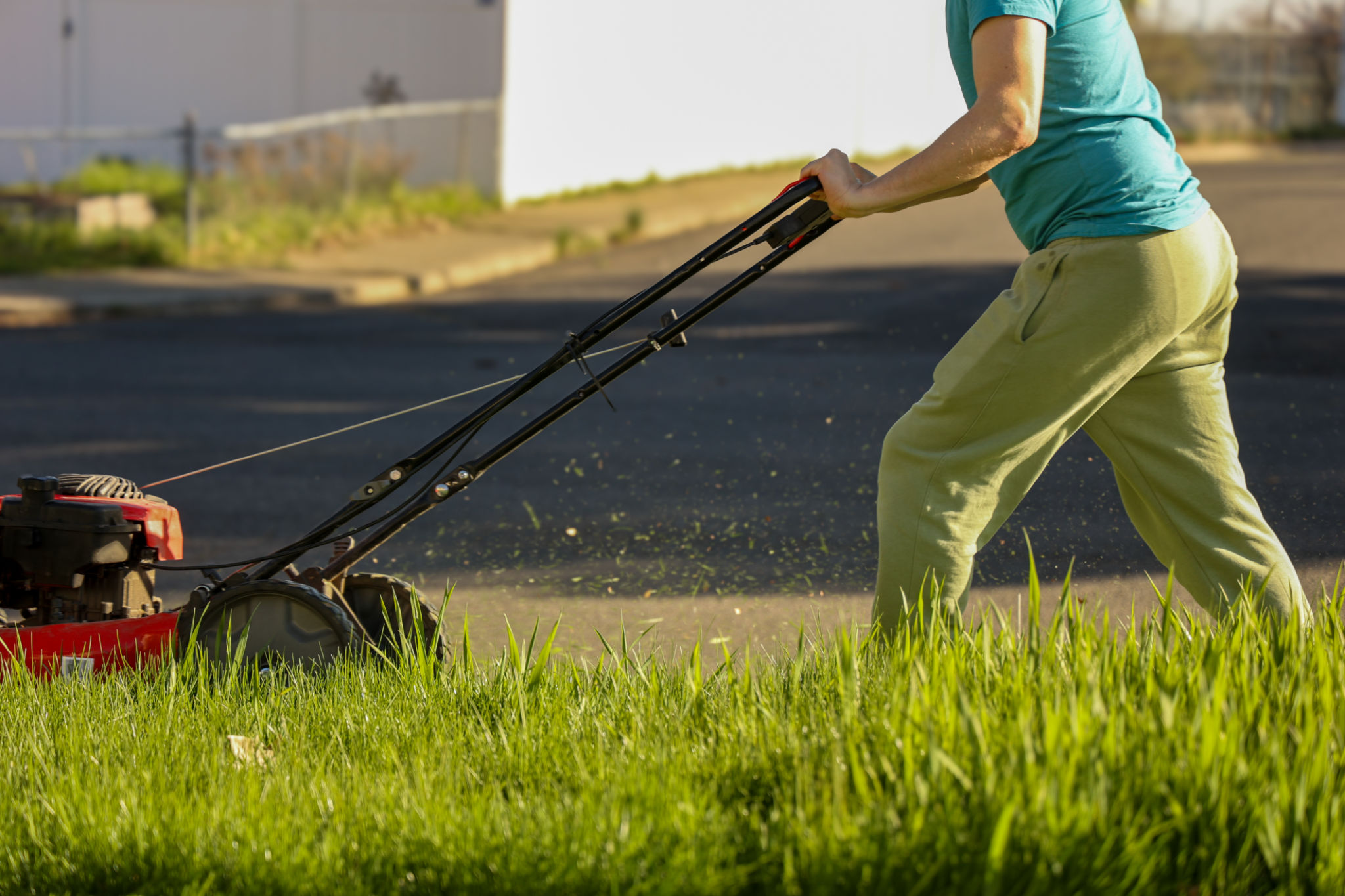DIY Lawn Care: Easy Tips for Maintaining a Lush Green Yard
Understanding Your Lawn's Needs
Maintaining a lush, green yard requires an understanding of your lawn's specific needs. Different grass types thrive in different climates and soil types, so it's essential to identify the kind of grass you have. This knowledge will guide your watering, mowing, and fertilization strategies, ensuring your lawn gets the right care at the right time.
Start by conducting a soil test to determine the pH level and nutrient content. This information will help you choose the appropriate fertilizers and amendments to enhance soil health. Healthy soil is the foundation of a thriving lawn.

Watering Tips for a Thriving Lawn
Proper watering is crucial for maintaining a green yard. Grass typically needs about 1 to 1.5 inches of water per week, depending on the climate and soil conditions. Water deeply but infrequently to encourage deep root growth. Early morning is the best time to water, as it reduces evaporation and fungal growth.
Consider setting up an irrigation system or using a sprinkler with a timer to ensure consistent watering. Check local weather forecasts and water restrictions to adjust your routine accordingly.

Mowing Techniques for Healthier Grass
Mowing may seem like a simple task, but doing it correctly can significantly impact your lawn's health. Set your mower blade to the recommended height for your grass type—generally between 2.5 and 3.5 inches. Taller grass shades the soil, reducing evaporation and suppressing weed growth.
Always use sharp mower blades to make clean cuts, preventing grass stress and disease. Follow the one-third rule: never remove more than one-third of the grass height in a single mowing session.

Fertilization and Weed Control
Fertilizing your lawn provides essential nutrients that promote growth and resilience. Choose a fertilizer based on your soil test results, focusing on balanced mixtures that provide nitrogen, phosphorus, and potassium. Apply fertilizer during the growing season, typically in spring and fall.
Weed control is another critical aspect of lawn care. Regular mowing and maintaining a healthy lawn can naturally suppress weed growth. For persistent weeds, spot-treat with herbicides or consider natural alternatives like vinegar solutions for a chemical-free approach.

Aeration and Overseeding
Aeration involves perforating the soil with small holes to improve air circulation, water absorption, and nutrient penetration. This process is especially beneficial for compacted lawns. Aerate during the growing season for best results.
Overseeding involves spreading grass seed over an existing lawn to fill in bare spots and improve density. Choose seed mixes that match your existing grass type for a seamless blend.

Seasonal Lawn Care Maintenance
Lawn care is a year-round commitment that requires different strategies for each season. In spring, focus on cleaning up debris and preparing your lawn for growth. Summer demands vigilant watering and mowing practices.
Autumn is ideal for fertilization and overseeding, while winter involves protecting your lawn from frost damage and minimizing foot traffic on dormant grass.
